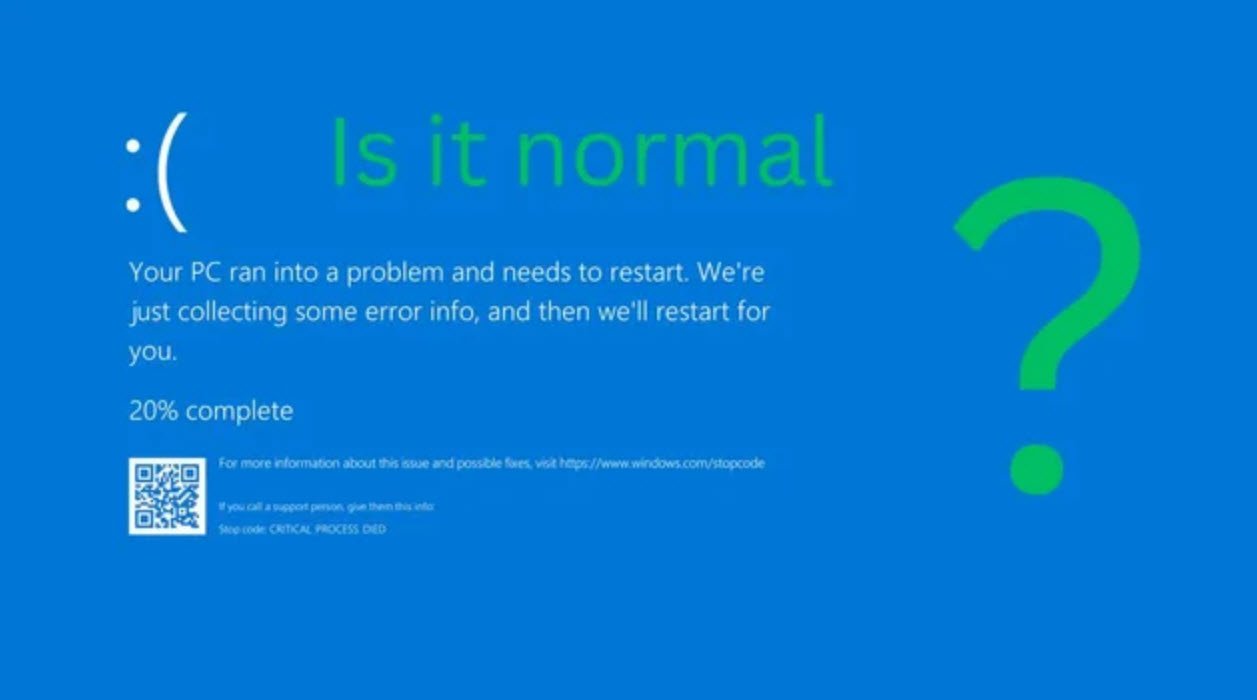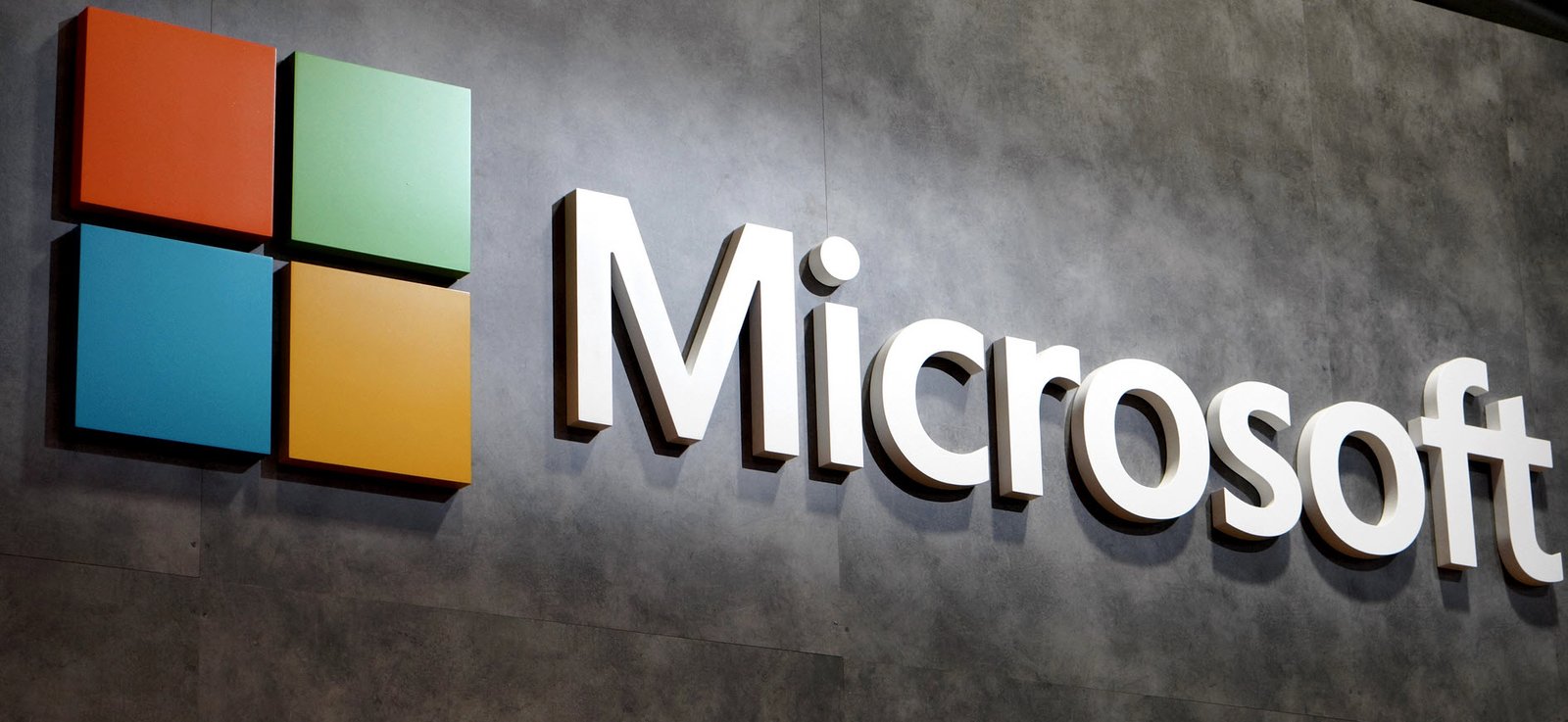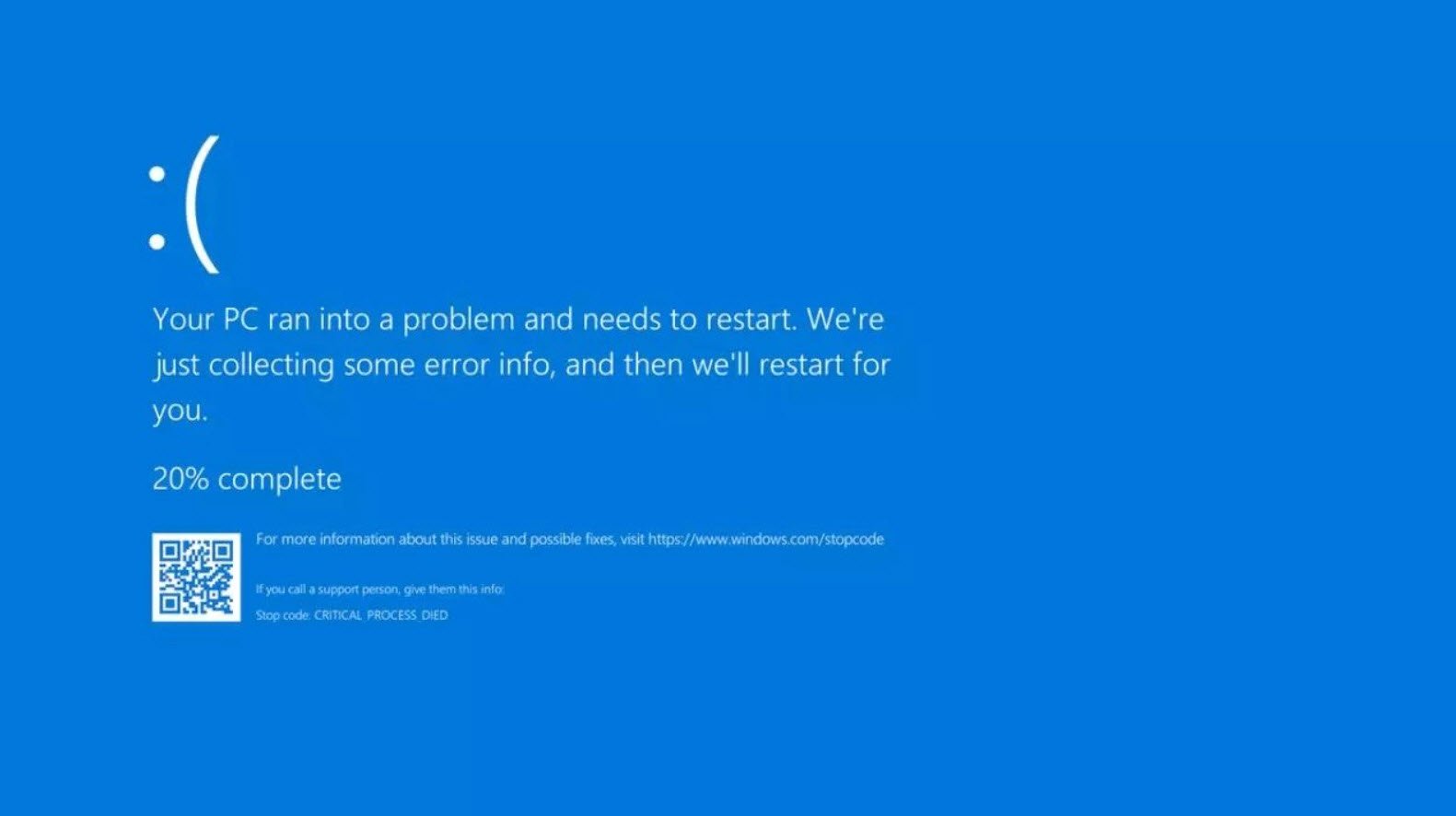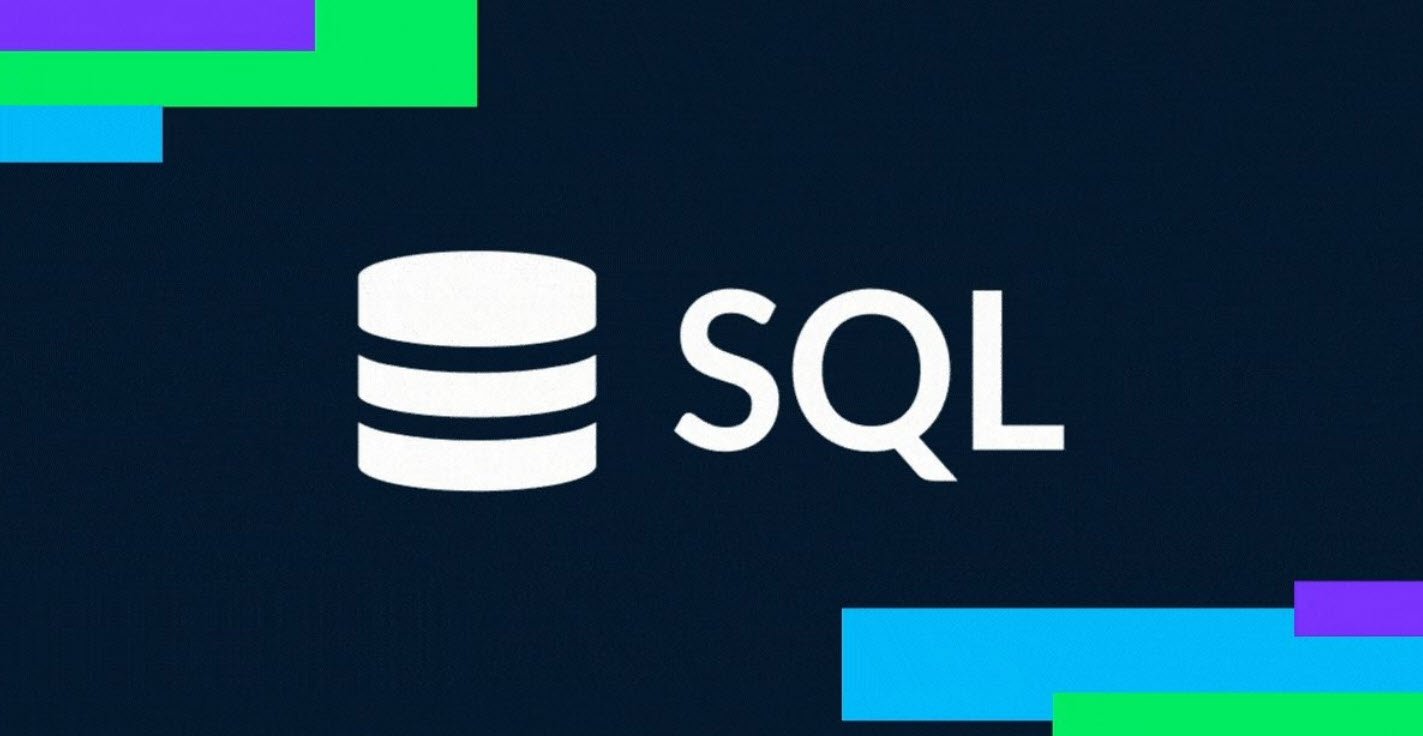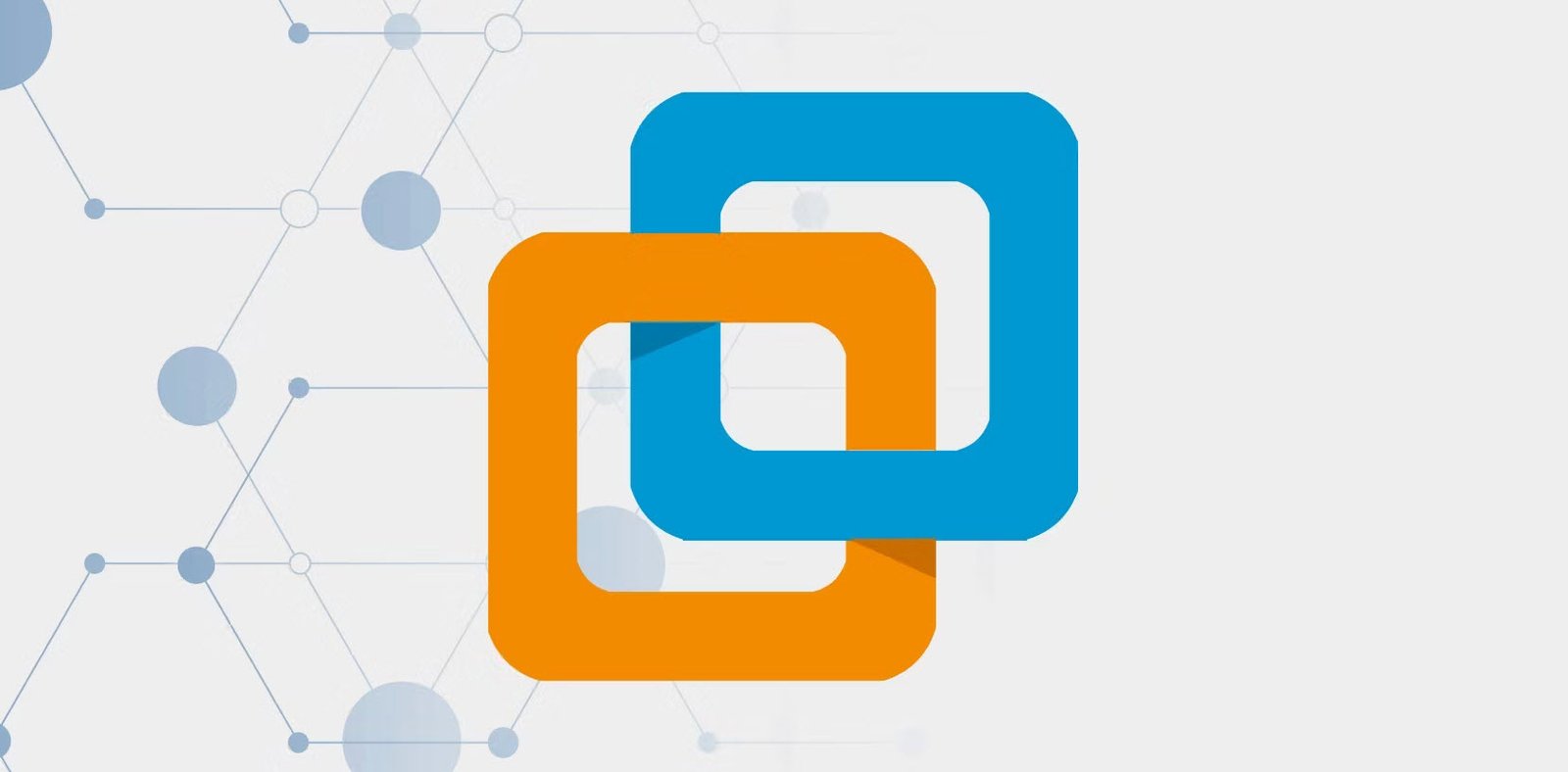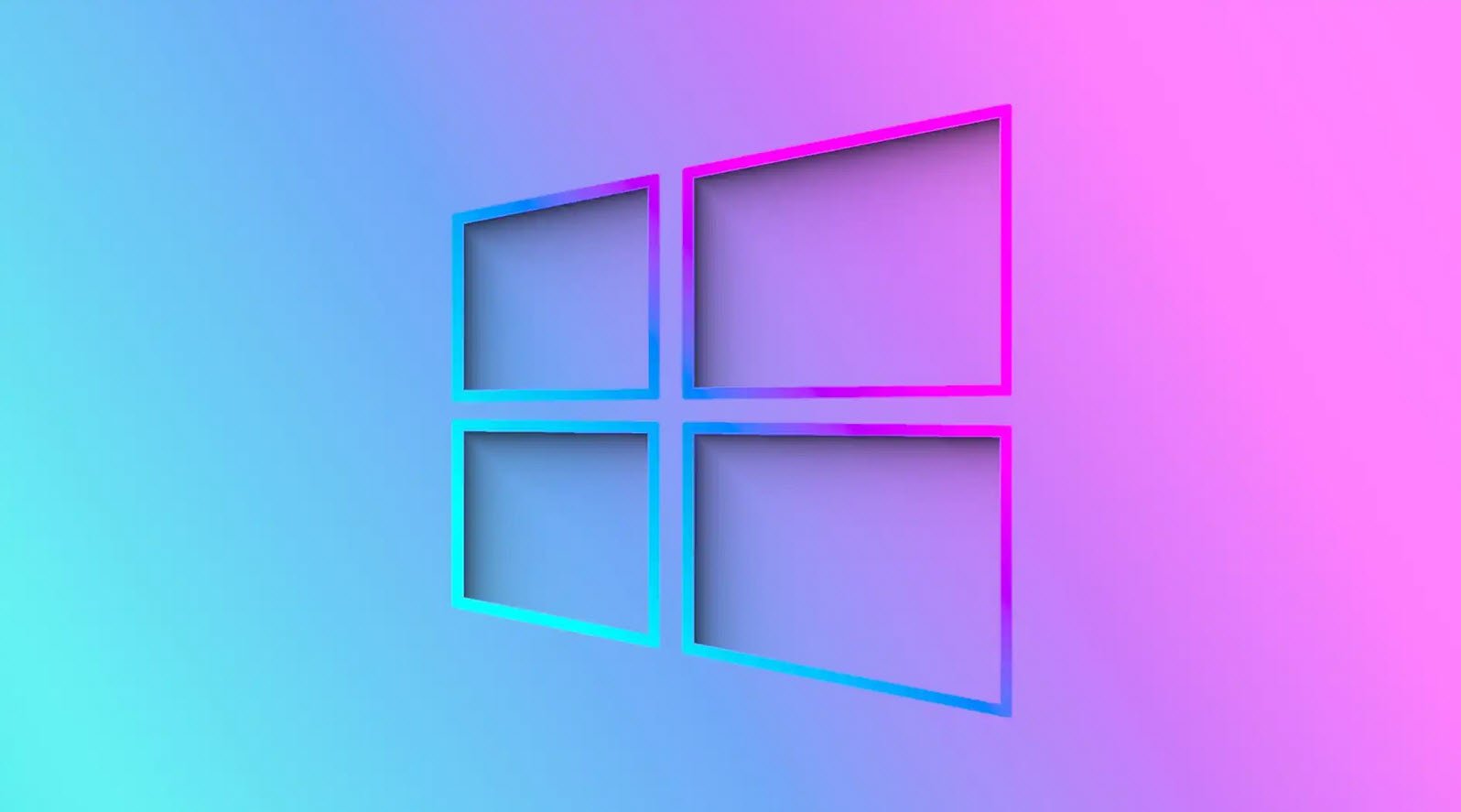
Cloud computing has become a foundational technology in the digital age, revolutionizing the way businesses and individuals access and utilize computing resources. To help understand the key concepts and terminology associated with cloud computing, here are some introductory definitions based on ISO/IEC 17788:
1. Cloud application:
An application that is not stored or executed on a user’s device but is accessible via a network. Users can access and use these applications remotely, often through a web browser or a dedicated application.
2. Cloud application portability:
The ability to migrate a cloud application from one cloud provider to another without significant compatibility or dependency issues. This ensures flexibility and choice for businesses that may need to switch cloud providers or utilize multiple providers.
3. Cloud computing:
A network-accessible platform that provides services from a large and scalable pool of systems. Unlike traditional computing models that rely on dedicated physical hardware, cloud computing offers a more dynamic and flexible approach, enabling users to access resources on-demand.
4. Cloud data portability:
The ability to transfer or move data between different cloud providers or cloud environments. This feature allows businesses to retain control over their data and easily switch between cloud services if needed.
5. Cloud deployment model:
The specific configuration and features of virtual resources that determine how cloud computing is delivered. The main cloud deployment models are as follows:
- Public cloud: A cloud services model where the cloud infrastructure is owned, maintained, and controlled by a cloud provider. Services offered in the public cloud are accessible to any potential cloud customers.
- Private cloud: A cloud services model where the cloud infrastructure is owned, controlled, and used exclusively by a single organization or entity for their own purposes. It provides enhanced privacy and control over data and resources.
- Hybrid cloud: A cloud services model that combines elements of both public and private clouds. It allows organizations to utilize a mix of on-premises infrastructure, private cloud, and public cloud services, providing flexibility and scalability.
- Community cloud: A cloud services model where the cloud infrastructure is shared by a specific community of users who have shared requirements and a common relationship. The community may maintain or control the cloud environment collectively.
6. Cloud service:
Capabilities and resources offered by a cloud provider that are accessible to clients over a network. Cloud services can range from infrastructure-level services (IaaS) to platform services (PaaS) and full applications (SaaS).
7. Cloud service category:
A grouping of cloud services that share common features or qualities. Examples include IaaS, PaaS, and SaaS, which represent different levels of service and responsibility provided by the cloud provider.
8. Multitenancy:
The ability to have multiple customers (or tenants) and applications running within the same cloud environment. Each tenant is isolated from others, ensuring data privacy and security, while sharing the same underlying resources.
9. Measured service:
The billing and delivery model for cloud services, where services are provided and charged for based on actual usage. This allows customers to pay for resources and services on a metered basis, aligning costs with usage.
10. Resource pooling:
The aggregation of computing resources, such as processing power, storage, and networking, by the cloud provider. Resource pooling allows for efficient utilization of resources across multiple customers and enables scalability.
These definitions provide a foundational understanding of the key concepts and terminology in cloud computing. As technology advances and cloud services evolve, these definitions serve as a starting point to explore and grasp the ever-expanding world of cloud computing.
You may also like:- How To Fix the Crowdstrike/BSOD Issue in Microsoft Windows
- MICROSOFT is Down Worldwide – Read Full Story
- Windows Showing Blue Screen Of Death Error? Here’s How You Can Fix It
- A Guide to SQL Operations: Selecting, Inserting, Updating, Deleting, Grouping, Ordering, Joining, and Using UNION
- Top 10 Most Common Software Vulnerabilities
- Essential Log Types for Effective SIEM Deployment
- How to Fix the VMware Workstation Error: “Unable to open kernel device ‘.\VMCIDev\VMX'”
- Top 3 Process Monitoring Tools for Malware Analysis
- CVE-2024-6387 – Critical OpenSSH Unauthenticated RCE Flaw ‘regreSSHion’ Exposes Millions of Linux Systems
- 22 Most Widely Used Testing Tools

